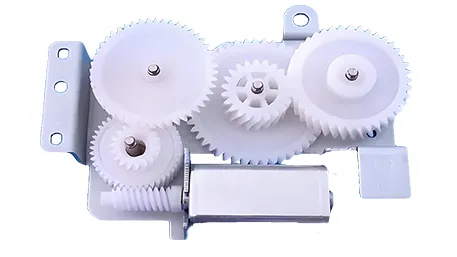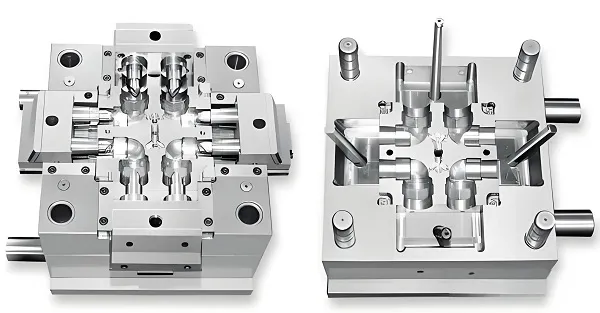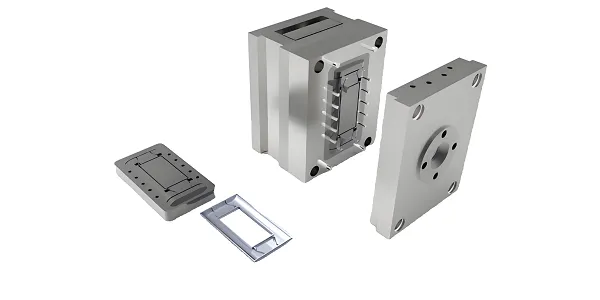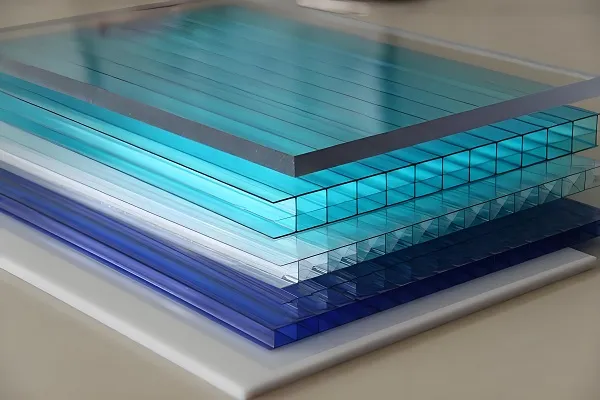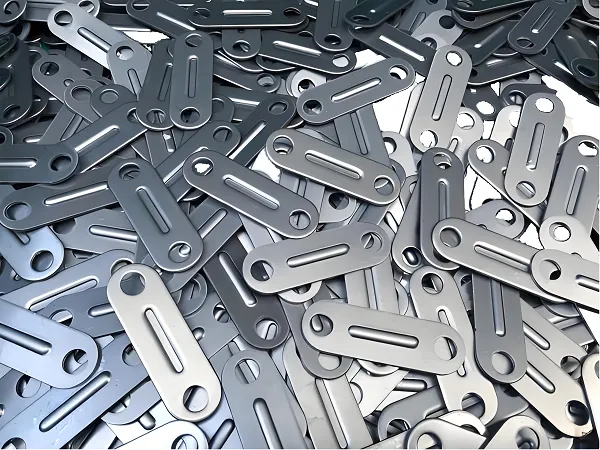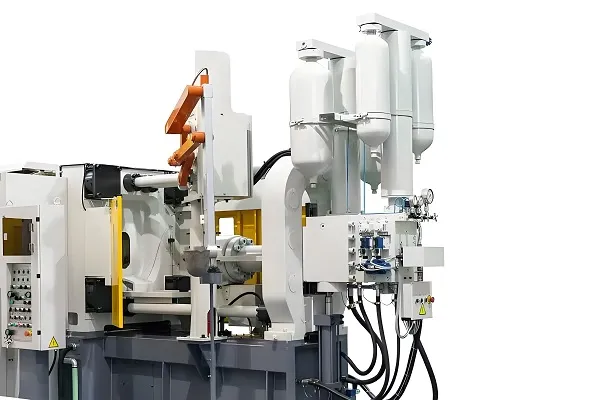Variable temperature injection molding process is an advanced injection molding technology, which achieves high quality molding of products by dynamically controlling the mold temperature during the injection process. The process divides the mold temperature control into several stages, such as heating, high temperature holding, cooling, low temperature holding, etc., to achieve rapid temperature changes in a short period of time, so as to optimize the fluidity of the material and the filling effect, and to improve the surface quality of the product and the production efficiency.
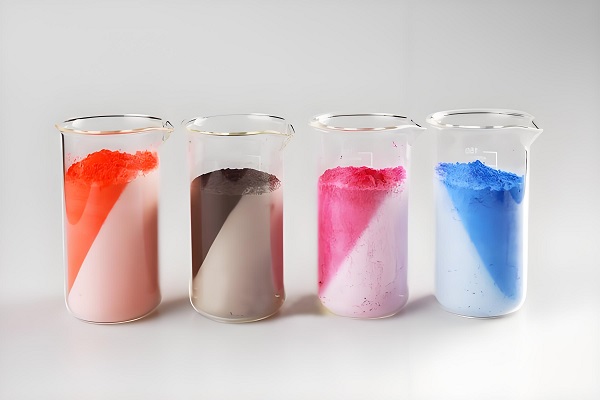
1.Variable temperature injection molding characteristics
Elimination of fusion line: By precisely controlling the mold temperature, the variable temperature injection molding technology can effectively eliminate the fusion line on the surface of the product and improve the overall aesthetics of the product.
Enhance raw material fluidity and filling effect: The dynamic change of mold temperature helps the material to be distributed more evenly in the mold, which improves the molding quality.
Improve product surface finish: The optimized process achieves mirror-like smoothness on the product surface, enhancing the appearance of the product.
Solve specific process problems: for fiber-added products, variable temperature injection molding technology can effectively solve the problem of floating fiber to ensure product stability.
2.Variable temperature injection molding production process
Drying treatment: Remove the trace moisture in the injection molding material to avoid the formation of air bubbles or affecting the fluidity and surface quality of the material.
Preheating: Improve the fluidity of the material and reduce the temperature difference during processing.
Injection Molding Machine Selection: Select the injection molding machine suitable for high temperature materials, such as screw injection molding machine.
Heating system: Equipped with sufficient heating system to bring the material to the required melting temperature.
Mold temperature control: Use a mold temperature control system to keep the mold within a stable temperature range.
Injection and Holding Pressure: Adjust the proper injection pressure and holding pressure to ensure that the material fully fills the mold and to reduce shrinkage.
Cooling and demolding: Control the cooling time and mold temperature, and take out the products after they are completely cooled.
Quality inspection: check whether the size, appearance and performance of the product meet the requirements.
3.Variable temperature injection molding process
The key of variable temperature injection molding process lies in the precise control of mold temperature. By using high-temperature steam, electric heating device or high-temperature and high-pressure hot water and other heating methods, the temperature of the mold will be rapidly increased to the required value, and remain constant during the injection process. After the injection is completed, the temperature of the mold is quickly reduced by injecting cold water or adopting other cooling methods to achieve rapid cooling and curing of the product. During the whole process, the time and temperature of heating and cooling, as well as parameters such as injection pressure and holding pressure, need to be strictly controlled to ensure product quality and production efficiency.
4.Application areas of variable temperature injection molding
Due to its unique advantages, variable temperature injection molding technology has been widely used in many fields. Including high-end home monitors, household appliances, electronic equipment and high-grade automobile decorative parts. In addition, the technology is also applicable to LCD TV sets, computer LCD monitors, automotive exterior parts, lamps and optical instruments and other products.
5.Variable temperature injection molding can be processed materials
Variable temperature injection molding technology is applicable to a variety of injection molding materials, including polypropylene (PP), polycarbonate (PC), polyurethane (PU), polystyrene (PS) and so on. These materials can show good fluidity and filling effect during the variable temperature injection molding process, while ensuring the quality and performance of the product.
6. Characteristics of Variable Temperature Injection Molded Parts of Different Materials
| Material | Flowability | Surface Finish | Dimensional Stability | Heat Resistance |
|---|---|---|---|---|
| PP | High | Good | High | Moderate |
| PC | Moderate | Excellent | High | High |
| PU | Moderate | Good | Moderate | Moderate |
| PS | Low | Good | Moderate | Low |
Note: The data in the table are relative values, used to compare the differences in the properties of different materials in the variable temperature injection molding process.
Customized Variable Temperature Injection Molding Parts FAQ
Q1: What is variable temperature injection molding technology?
A: Variable temperature injection molding technology is an advanced process that achieves high quality molding of products by dynamically controlling the temperature of the mold during the injection process.
Q2: What are the advantages of Variable Temperature Injection Molding Technology?
A: Variable temperature injection molding technology can effectively eliminate the fusion line on the surface of the product, improve the fluidity of the raw material and the filling effect, so that the surface of the product can achieve a mirror-like smoothness, and solve the specific technological problems.
Q3: In what fields is variable temperature injection molding technology applicable?
A: Variable-temperature injection molding technology is applicable to a wide range of fields, such as high-end household displays, household appliances, electronic equipment, and high-grade automotive decorative parts.
Q4: What materials can be processed with variable temperature injection molding technology?
A: Variable-temperature injection molding technology is applicable to a wide range of injection molding materials, including polypropylene (PP), polycarbonate (PC), polyurethane (PU), polystyrene (PS), and so on.
Q5: How to guarantee the quality of variable temperature injection molded parts?
A: The key to ensure the quality of variable temperature injection molded parts lies in the precise control of the mold temperature, as well as the strict control of the heating and cooling time, temperature, and parameters such as injection pressure and holding pressure. At the same time, quality inspection is also needed to ensure that the dimensions, appearance and performance of the products meet the requirements.

